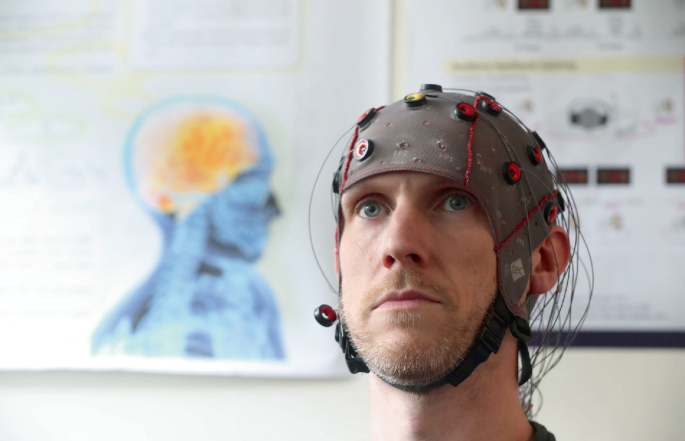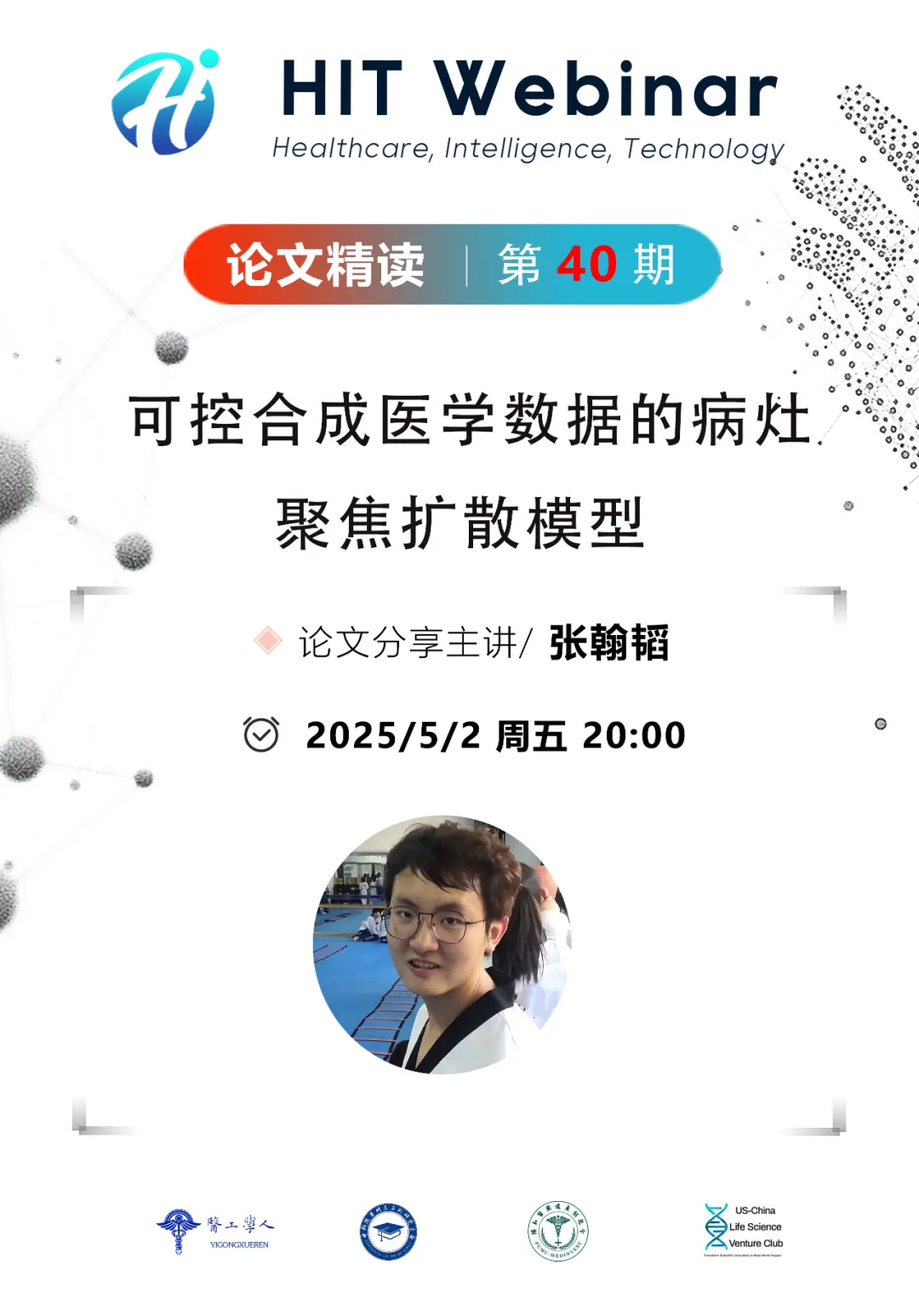Star “Medical Engineering Person” to get the latest news in the field of medical engineering~

Statement:This article is translated from a Nature Medicine news feature titled “Can AI-powered brain–computer interfaces boost human intelligence?”
Brain-Computer Interfaces (BCI) collect information from the brain and use Artificial Intelligence (AI) tools to interpret it, but the latest BCIs are reversing this information flow with AI systems that can train participants’ brains. BCI research combines neurophysiology, computational neuroscience, machine learning, theoretical neurobiology, and neurosurgery. Bidirectional BCIs (most of which are still in preclinical research) can reshape human thought and assist in completing complex cognitive tasks, but ethical and regulatory challenges abound.

Source: Nature Medicine
BCI physiologist Aaron Batista states that in certain special cases, AI may reshape human intelligence, including for patients needing cognitive assistance, and it may also apply to healthcare practitioners. “These are very cutting-edge questions,” Batista said with a smile when asked about this research. “The holy grail of bidirectional interfaces is to stimulate the brain to create realistic perceptions or drive neural activity in configurations for storing new memories.”
01
Machines in Our Image
Few people may understand AI better than Yoshua Bengio. Along with Geoffrey Hinton and Yann LeCun, Montreal University professor Bengio is considered one of the “godfathers” of artificial intelligence for their success in combining brain research with AI research, sharing the Turing Award in 2018. Since then, Bengio’s industry collaborators have included Microsoft, Samsung, Google, Meta, and IBM, and he has been exploring how brain research can help improve and enhance AI. He states that his pursuit is to “create machines in our own image.”
Bengio is particularly interested in how AI impacts healthcare. In a 2022 paper, he emphasized that AI systems are limited by the data provided to them, making it easy for even newly graduated doctors to surpass them. However, with recent breakthroughs in AI research, Bengio now foresees AI potentially matching the clinical acumen of the world’s top healthcare professionals. “It is very likely that one day, some of the most advanced AI will match the best humans in clinical decision-making,” Bengio said. “There is no scientific reason to believe this is impossible.” Although the timeline for this development remains uncertain, Bengio noted in a panel discussion in December 2024 in Vancouver that AI could match human cognition in just a few years.Some healthcare practitioners may view Bengio’s assessment as a warning, while others may welcome it as a promise. Regardless, Bengio’s perspective is worth noting. Bengio, along with LeCun (co-head of Meta’s AI healthcare research) and researchers supported by Google DeepMind, Blackbird Neuroscience, and other AI companies, recently co-authored a paper outlining a “next-generation AI roadmap,” where brain science serves as an increasingly powerful framework for discovering how to create AI that replicates human intelligence and biological efficiency in analysis.According to Bengio’s roadmap, investment in neuroscience will shift AI towards simulating natural intelligence, resulting in AI systems that match human cognitive abilities, which he says “inherit from over 500 million years of evolution—shared with all animals.”02
Animal Training
Neuralink, based in Palo Alto, is currently conducting clinical trials in the U.S. and Canada for a fully implanted wireless BCI that will allow quadriplegic patients to control external devices with their thoughts. In a recent paper, researchers from Google, Neuralink, and the Allen Institute in Seattle co-authored a description of a form of AI “reverse engineering,” where studying animal brain behavior and biology helps improve the AI systems integrated into brain-computer interfaces in animal studies. “Some people study mice or fruit flies to pose different types of questions,” Driscoll explains, “these artificial systems can also be viewed as different models of organisms.
Driscoll aims to develop AI systems that are “more flexible and dynamically updated” than existing systems to create AI capable of self-computing thought. “While large language models are thriving and people are impressed with their skills,” she said, referring to ChatGPT and DeepLink, “I think it is an open question whether [large language models] produce anything beyond the training data, indicating no actual computation.Driscoll believes that finely tuned AI systems can be honed to convey training information to animal brains. She suggests that by better understanding the tasks researchers train animals to perform, they can learn which AI training programs are best suited for these tasks. “When you think of the brain, it is a flexible, fast-learning system compared to rigid artificial systems,” she said. “We perform similar tasks by reverse engineering the artificial networks we train, understanding which structures need to be learned in the brain. By doing so, we can design optimal AI training programs for animals. The goal is to guide systems to be both efficient and flexible, capable of learning faster.”At the University of Pittsburgh, Aaron Batista agrees that learning ability can be enhanced through BCI (see image below). Batista, in collaboration with researchers from the Gatsby Computational Neuroscience Unit and University College London, recently proposed a theory of “BCI learning through low-dimensional control,” where the computer calibration tasks of BCIs serve not only as a source of information for building BCI decoders on the machine side; on the human side, they “also serve as a source of information for the subjects themselves, i.e., the BCI learners.”To bring the discussion home, Batista pointed to a shopping list and suggested that BCIs could “embed it into short-term memory so that if we get distracted, you will remember the milk, eggs, and apples,” adding that “that would be the holy grail of bidirectional BCIs.

Figure 1 Bidirectional BCI
03
Policy Challenges
Policymakers are observing with great interest. In a BCI research report submitted to the U.S. Congress in December 2024, the U.S. Government Accountability Office (GAO) estimated that by 2030, the global BCI research investment market will grow by approximately 17% annually. The GAO noted that in 2023, the U.S. government allocated nearly $700 million for BCI research. The report warns that “without a unified privacy framework or standards for data ownership and control for all BCIs, companies developing and selling BCIs may access sensitive brain signal data without user understanding or consent. Furthermore, agreements between developers and users may be predatory or ambiguous.
GAO pointed out that while all implanted and many wearable medical BCIs are still undergoing clearance regulatory benchmarks before being prescribed or widely used, some developing BCIs may qualify for FDA breakthrough device status. The report also includes that “some individuals with lived experience may view their BCIs as part of their personal or self-identity. For example, a paralyzed BCI user who uses a BCI to control a computer, video games, and robotic arms may consider themselves a cyborg. Some may find this change in the concept of personhood undesirable.Marcello Ienca, a professor of AI and neuroscience ethics at the TUM School of Medicine and Health, agrees that BCIs present a range of ethical issues. He points out that currently, the ethical questions posed by BCIs remain entirely within the realm of medical ethics. “Neuralink claims they will produce neural implants for the general population at some point,” he explains. “But for now, all these considerations mainly apply to medicine, as BCI medical devices operate very close to the human body.”While Ienca states that BCIs as AI-embedded healthcare devices will expand access to high-quality healthcare, he also sees emerging issues in the doctor-patient relationship. “We are embedding AI into devices that are in close contact with humans, whether brain-computer interfaces, other neural interfaces, or wearable devices and virtual reality tools,” he said, “it will be difficult to determine whether we made a certain decision, or we had a certain thought, or the AI system did that.Ienca states that another challenge is whether AI tools become the standard of best care. “We have a principle in medical ethics that doctors must always adopt the best standard of care. If AI performs better than all other tools, is it necessary for doctors to use it?” he asked, “If so, who will be responsible for the diagnostic or treatment decisions made by AI?While AI “if proven to be the best standard of care, may at some point become mandatory,” Ienca countered, “it should always be a tool in the hands of human doctors. It should never be a decision-maker. Human doctors should always be accountable for their decisions.But Ienca warns that control and agency of doctors may ultimately not be constrained by the BCI technology itself, but by the companies that own the intellectual property of these technologies. “Companies will try their best to outsource responsibility,” he warned, “because they do not want AI systems to be held accountable for their decisions. So what I worry about is that if at some point we create AI systems that are algorithmically responsible for decisions, then basically no one is responsible anymore.Webster, P. Can AI-powered brain–computer interfaces boost human intelligence?. Nat Med31, 1045–1047 (2025). https://doi.org/10.1038/s41591-025-03641-7
END
Compiled by | Luo Hu
Reviewed by | Medical Engineering Person Council
Scan to addMedical Engineering Person Leader, enter comprehensive and segmented field group chats(Experts, scholars, master’s and doctoral students, engineers, entrepreneurs from top universities, research institutes, hospitals, and companies in the field of medical engineering)to participate in online and offline communication activities

Recommended Reading
Medical Engineering Person Public Account Submission Guidelines
Medical Technology Review | Smart Wearable Devices Assist in ContinuousMonitoring Cortisol LevelsUsing Machine Learning with B Cell and T Cell Receptor Sequences for Disease DiagnosisMedical Engineering Brief | How Hospitals Prepare for Tariffs? Stretchable and Microneedle Integrated Electronic Patches with Active Control Chemotherapy for Cancer Treatment; Gene Programs Driving Cortical Neuron Specifications
Click to follow Medical Engineering Person
Latest Live Broadcasts
